- Trips
- Tour Calendar
- About Our Tours
- Plan a Trip
- Book a Trip
- About Us
- Contact Us


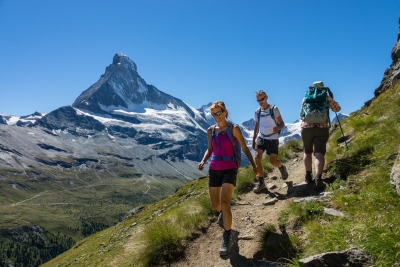
After years hiking the Haute Route, Tour du Mont Blanc, Bernese Oberland Traverse, Via Alpina, Eiger to Matterhorn, and Alta Via 1 trek with hundreds of guests, Alpenwild guides have created a no-fail packing list to make sure you come prepared. As always, if you have any questions, feel free to call or email one of our Tour Specialists for additional ideas or clarification.
For hiking trips, refer to our Alps Hiking Packing List. For less strenuous sightseeing, rail, and easy walking tours you'll want to refer to our Alps Travel packing list. This page includes affiliate links.
Try not to pack too much. Most people choose to check a suitcase for the transatlantic flight and use their small backpack as a carry-on piece.
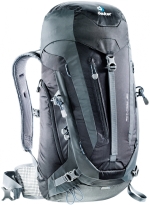
A 26-35 liter size backpack should be sufficient for your needs, though we strongly recommend bringing a pack with a hip belt. Quality mid-sized packs can be found from Jansport, Sierra Designs, Mountainsmith, REI, Osprey, Kelty, Dana Designs, and Deuter. You will find that a good majority of these packs include a built-in waterproof cover, but should you need to buy one, you can buy them separately for a fairly inexpensive price. In years past, Alpenwild’s Trip Leaders preferred Deuter packs, which is still an excellent choice.
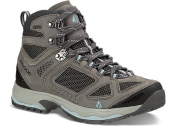
It is vital to have a good pair of hiking boots. When shopping for your boots, be sure to find a pair with proven comfort. These days, the majority of modern hiking boots do not need to be “broken in.” However, you will want to have tested the shoe on different trails and terrain over a period of 8-10 days while carrying a light pack. This will be comparable to the conditions you will experience on the Haute Route or Tour du Mont Blanc and you know if your boots will be comfortable enough for your trip. Both low-cut and mid-ankle boots can be used on these Trekking routes, but it is highly recommended that your boot has a sturdy sole such as Vibram. While on the Haute Route, you will encounter dirt trails with some rocks as well as areas with large boulders where some climbing and hopping may be required. Remember, if your feet are happy, then you will be as well. You can find great hiking boots in a wide variety from Lowa, Oboz, Keen, Asolo, Vasque, and Merrell.
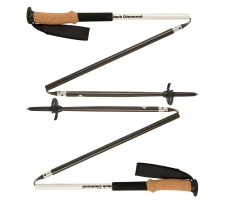
Trekking poles are great to have on a long hike. Stability, balance, propulsion, and protection are just some of the benefits of having a set of trekking poles on your hike. We do not require our hikers to have trekking poles; however, nearly all hikers on the Haute Route utilize trekking poles throughout the trip. If you bring trekking poles, be sure that they are collapsible and can fit into your checked luggage. Due to security regulations, you will not be allowed to bring your poles onto the aircraft even if they fit inside your carry-on. At Alpenwild, our Trip Leaders recommend using the Black Diamond trekking poles.
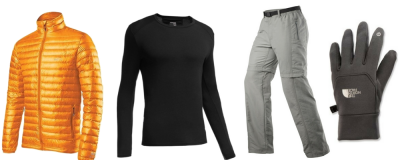
When selecting clothing think about dual-purpose clothes and about layering for warmth and keeping dry. It is better to have several layers you can take off and put on one at a time versus one heavy layer. It would be wise to use plastic or zip-lock bags when packing your clothes. Also, using vacuum-sealed packing bags will free up the amount of space you have inside your pack.
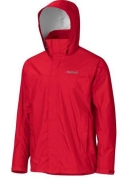
Ideally, this is an item that would not be needed. Unfortunately, weather is a factor that must be accounted for. Lightweight rain gear (both tops and bottoms) can be your best friend if Mother Nature decides to add precipitation to your journey. We always recommend Gore-Tex rain gear, but there are other great lightweight rain gear options. Go-Lite and Sierra Designs also make rain gear that performs very well. Many French hikers are seen using inexpensive ponchos that shelter the body and backpack completely. This is also a viable option; it all boils down to your own personal preference. You can also read more about Rain Gear in the Alps here.